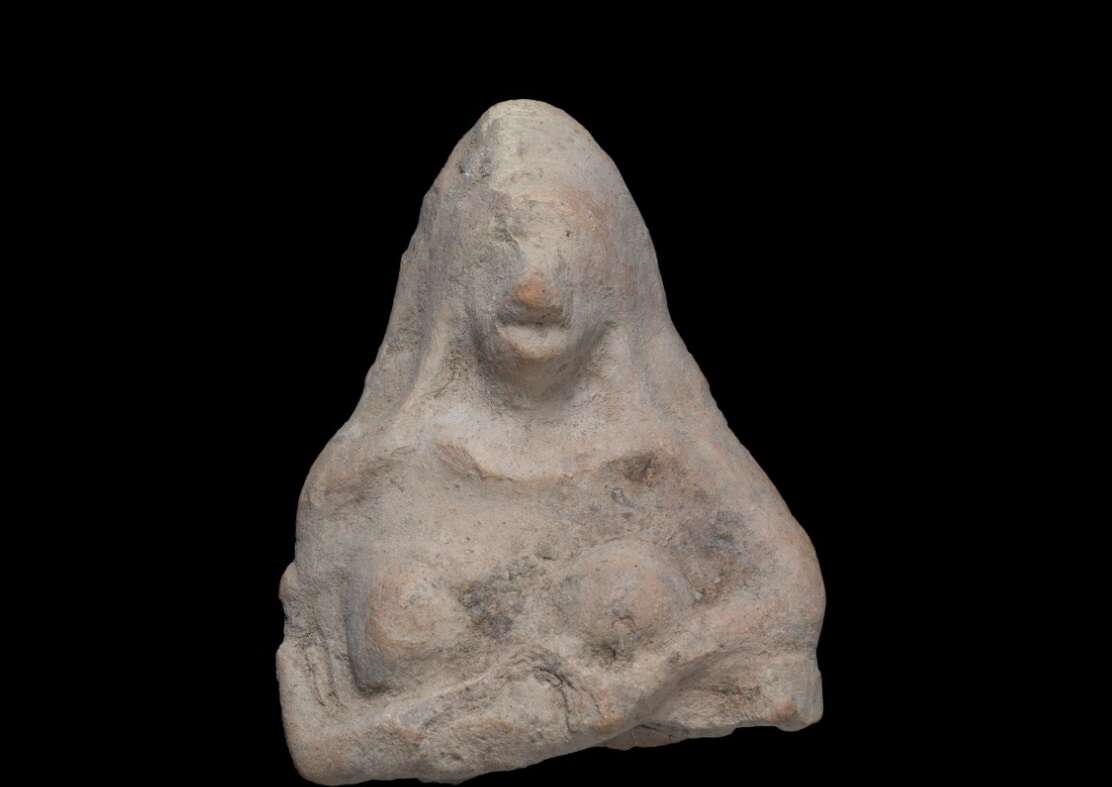The Ben-David family from Beersheba was on a trip to HaBesor Creek in the northern Negev when one of their children, 11-year-old Zvi, caught sight of an unusual object. It turned out to be a rare archeological find, the Israel Antiquities Authority reported.
Archeologists estimate that the figurine dates back to the First Temple period | Courtesy: Israel Antiquities Authority
The figurine, which is in a shape of a woman, turned out to be so rare that the National Treasures Department possesses only one such example in its collection.
Archeologists at the IAA estimate that the object dates back to the 5th-6th century BCE, toward the end of the First Temple Period.
Ceramic figurines of women "were common in the home and everyday life, like the hamsa [palm-shaped] symbol today, and they apparently served as amulets to ensure protection, good luck, and prosperity," curators Oren Shmueli and Debbie Ben Ami explained.

No comments:
Post a Comment